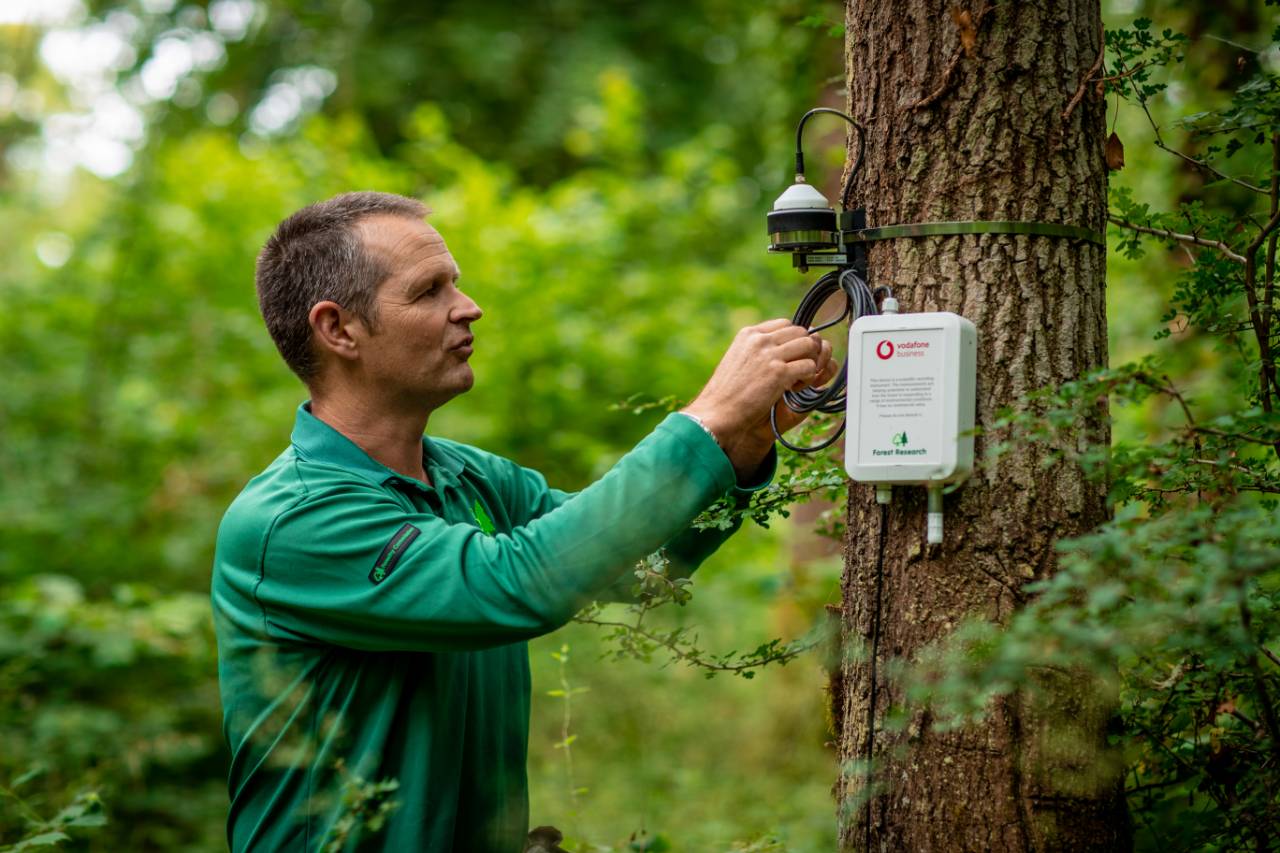
Department for Environment, Food and Rural Affairs’ CTO Malcolm McKee speaks to Oscar Williams of NS Tech about how the internet of things could transform the monitoring of Britain’s forests, farms and rivers.
When Malcolm McKee joined the Department for Environment, Food and Rural Affairs (Defra) in 2017, he wanted to recreate a practice he had used in the private sector. His previous employer, EDF Energy, had a horizon scanning team that monitored a range of emerging technologies, and McKee, Defra’s chief technology officer, thought it could prove valuable in Whitehall too.
“There is always going to be the hot tech of the week or the month that ministers or senior stakeholders will focus on and ask us what we are doing with it,” says McKee. “It is really important for us to have evaluated that landscape and to have good grounding for saying, ‘we are not doing anything with that at the moment because we don’t have a way that is going to be transformative for Defra or it is not mature enough yet’.”
Based in Bristol, the six-strong team that produces Defra’s tech radar reports is made up of architects and innovation consultants who engage with prospective suppliers and monitor around 1,600 different technologies at any one time.
“In effect they offer a kind of brokerage service,” says McKee. “Their work really leads that conversation with senior stakeholders and allows us to prioritise our very limited funding and the things that really matter.”
Earlier this year, the team was approached by Vodafone about a potential application of its Narrowband-internet of things (NB-IoT) technology. Defra’s technologists and Vodafone’s technical experts predicted that the technology could be used to support a new 25-year Environment Plan to revive Britain’s woodland and plant 40 million trees by 2025. The £640m strategy forms a key part of the government’s plan to reduce carbon emissions.
Prior to the three-month trial, which is running in two forests in Surrey and Northumberland, Defra and the Forestry Commission were dependent on more traditional telemetry technology to observe the impact of environmental changes on trees and their growth. The incumbent devices are “large, expensive and power hungry”, says McKee. “Paying for the monitoring is a relatively expensive way of doing things. This new class of much smaller, more robust, cheaper, easier, lighter devices gives us an opportunity to rethink how we do telemetry.”
The trial, which is funded by Vodafone, is set to conclude shortly. McKee and his team are now assessing whether the devices, which monitor the trees’ growth and health, are sufficiently robust, reliable, cost-effective, secure, energy-efficient and scalable to be rolled out in their thousands across the country.
As Defra is still evaluating the technology, McKee is reluctant to comment on whether he thinks it could be scaled up to meet the demands of the tree planting project on a national scale, but says “the signs are really good”.
“There is extra benefit here about the frequency of the data; you could send a physical inspector maybe once a year, whereas these are giving us data every day,” says McKee. “So we have a far greater ability to sense disease in the trees, to compare movement or growth in one area to another. So there is lots of access to data that might be useful in predicting how forestry is growing and helping achieve our environment commitments.”
The data from the project is fed into an analytics platform to predict the forests’ ability to capture carbon from the atmosphere.
If the department decides to move forward with the technology, it will apply for funding in the Treasury’s next spending review, which is due to be settled in the autumn. If it proves a success in forestry research, it could theoretically be expanded to rivers to monitor water levels, as well as to farms to manage animal movement and disease outbreaks.
“There are lots of use cases for implanting devices,” says McKee. “It enables you to redirect inspectors on to more valuable work. It is a bit like the business case for automation or AI. It is about replacing people with machines, not in a way that makes them redundant but in a way that enables them to add higher value to the work they do.”
Global Construction Outlook to 2024 (COVID-19 Impact)

Our parent business intelligence company